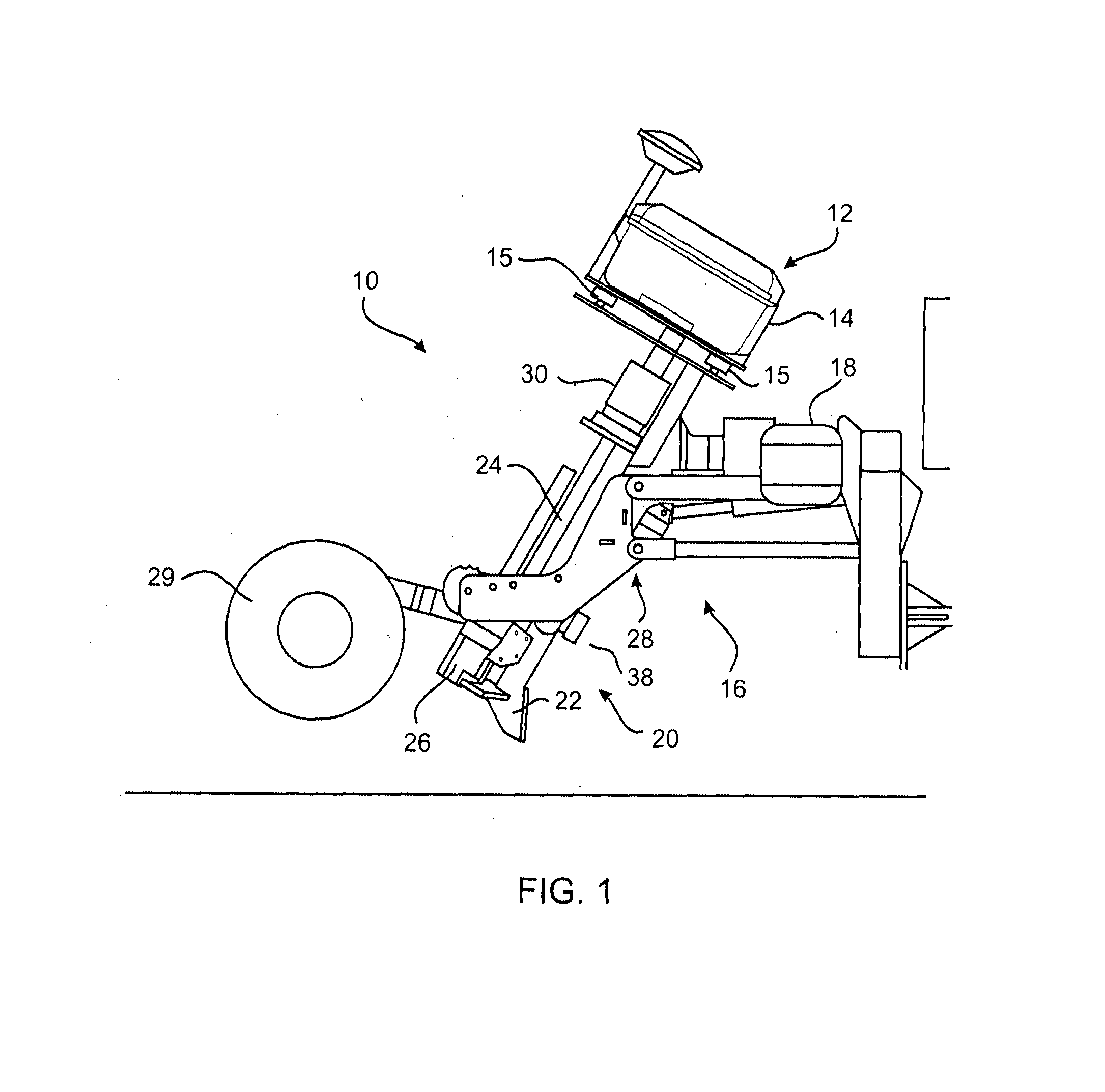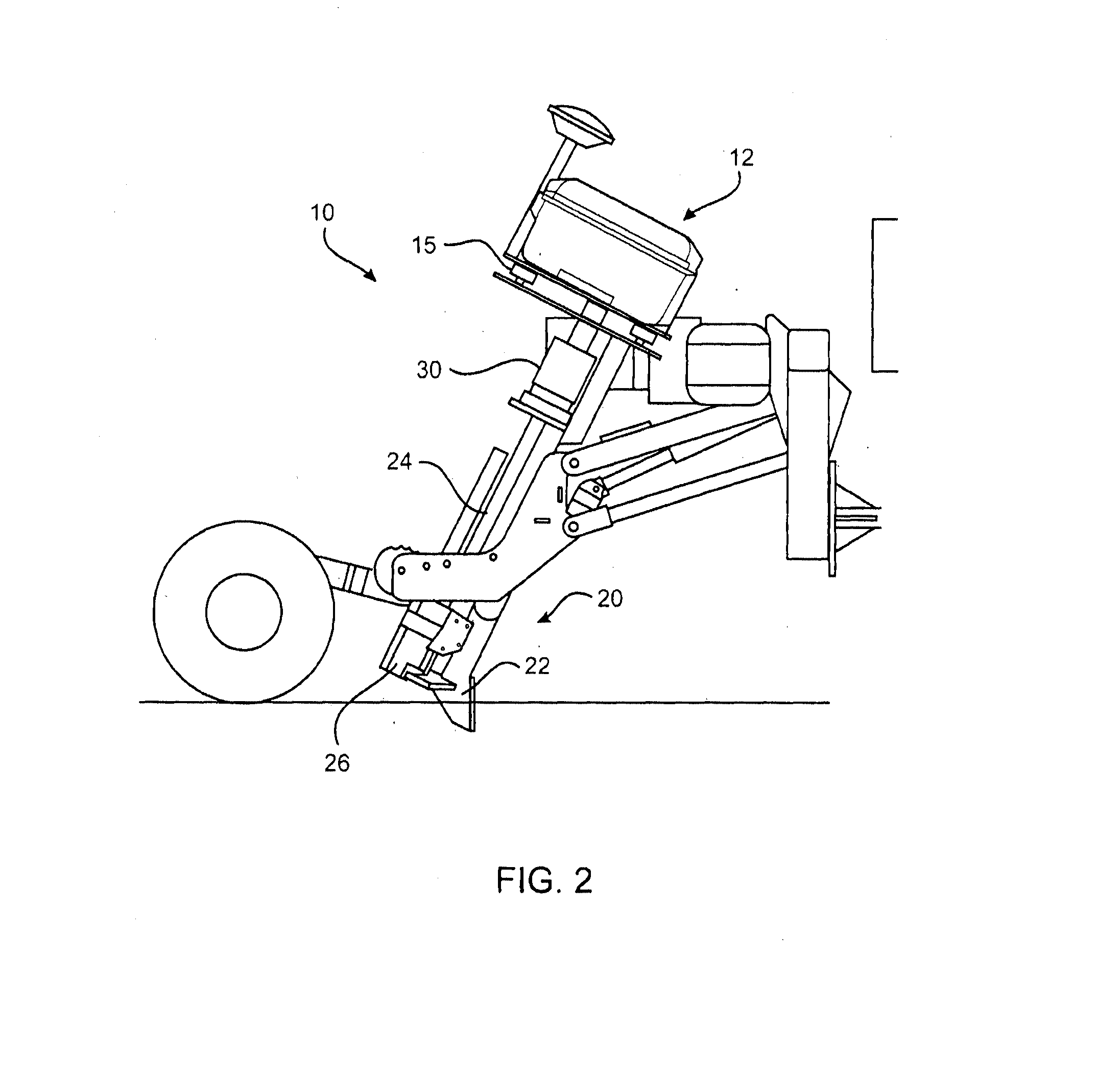Method, system and apparatus for use in locating subsurface ore bodies
a technology of subsurface ore and indicators, applied in the direction of sampling, measurement devices, instruments, etc., can solve the problems of significant human error in the correct identification of soil samples, labour-intensive and time-consuming, and risk of contamination of samples
- Summary
- Abstract
- Description
- Claims
- Application Information
AI Technical Summary
Benefits of technology
Problems solved by technology
Method used
Image
Examples
Embodiment Construction
[0149]Embodiments of the present invention will hereinafter be described with reference to the accompanying drawings.
[0150]The present invention is based on the discovery that geochemical analysis of hydromorphically deposited ions on fine dust particles from near surface soil samples can be used to predict with some accuracy the mineralisation of subsurface ore bodies. Preferably the deposited ions are sampled within a depth of less than 1 metre from the soil surface, and more preferably within a depth of 20 cm from the surface.
[0151]The dust particles can be collected and stored in a controlled environment, such as a contamination-free environment. It has been realized that the presence of subsurface ore bodies can be identified to depths of up to 150 m or more.
[0152]The dust particles may be in the micron to sub-micron size, preferably less than 10 micron, and more preferably between about 0.1 to 4.0 micron in size.
[0153]Embodiments of the present invention collect sub 5 micron p...
PUM
 Login to View More
Login to View More Abstract
Description
Claims
Application Information
 Login to View More
Login to View More - R&D
- Intellectual Property
- Life Sciences
- Materials
- Tech Scout
- Unparalleled Data Quality
- Higher Quality Content
- 60% Fewer Hallucinations
Browse by: Latest US Patents, China's latest patents, Technical Efficacy Thesaurus, Application Domain, Technology Topic, Popular Technical Reports.
© 2025 PatSnap. All rights reserved.Legal|Privacy policy|Modern Slavery Act Transparency Statement|Sitemap|About US| Contact US: help@patsnap.com



